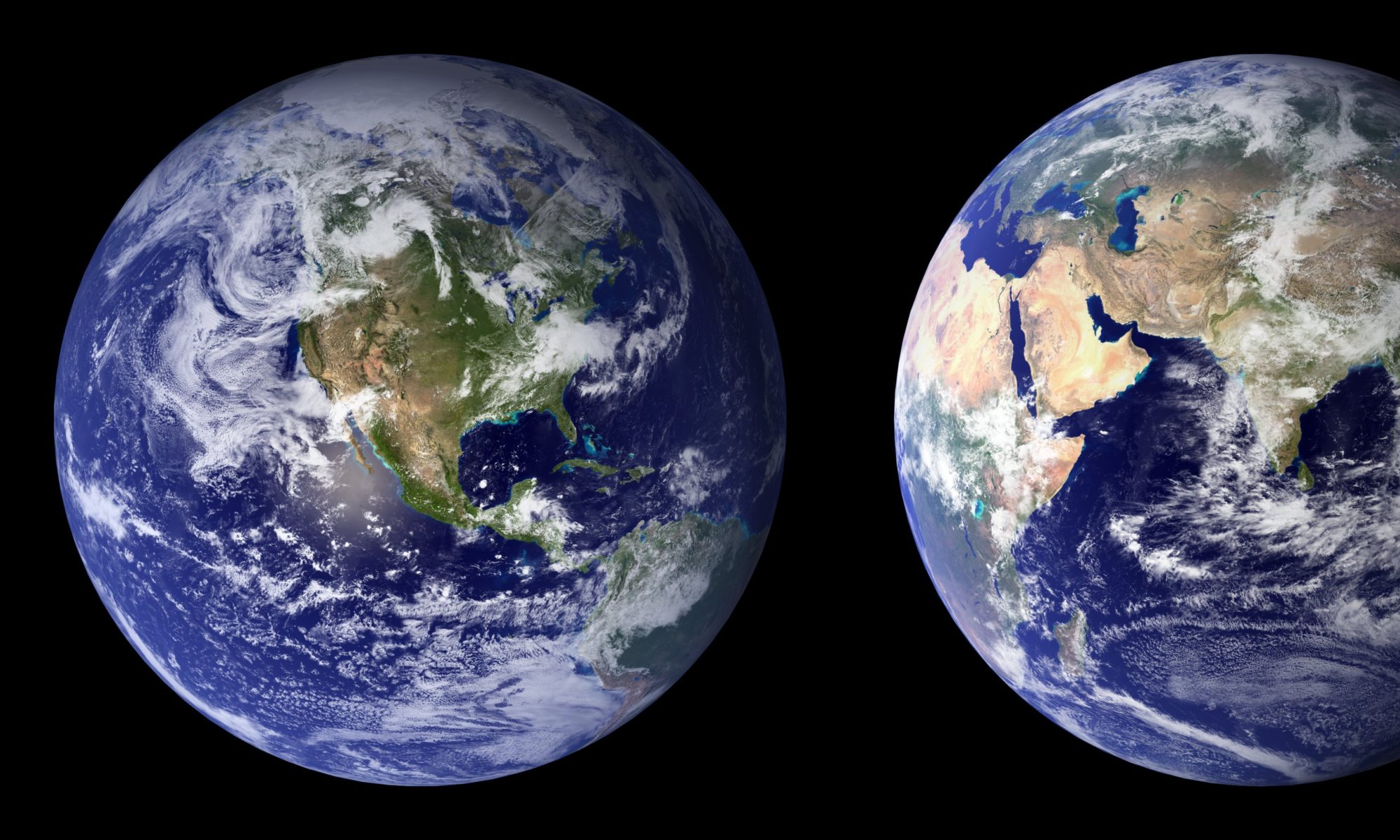While a lot of attention is given to the most tangible effects of climate change- rising temperatures, rising sea levels and more powerful storms, another significant effect tends to slip under the radar. This is ocean acidification, often dubbed the ‘evil twin’ of global warming. But what does ocean acidification actually entail?
The common perception of acid is a cartoonish idea of a highly corrosive liquid that bubbles and hisses viciously as it dissolves and attacks solid matter. This is only reinforced by the worrying rise in acid attacks throughout the UK. However, while some acids can undoubtedly cause burns and disfigurement to people, there are many types of acid and the vast majority are relatively harmless to humans. To understand ocean acidification, it is important to understand what an acid is.
Scientifically speaking, an acid is any particle capable of donating a proton. If you cast your mind back to school science lessons, you will remember that atoms are made up of three particles as follows:
-Protons (particles with a positive charge denoted by a ‘+’)
-Neutrons (particles with a neutral charge)
-Electrons (particles with a negative charge denoted by a ‘-‘)
When a Hydrogen atom (H) loses an electron, it becomes a proton. This means that protons can be written as ‘H+’ (A hydrogen ion with a positive charge since protons have a ‘+’ charge). So acids are any substances which can release H+ ions into a solution. In fact this is why the acidity of a solution is measured using the ‘pH’ scale which is simply a mathematical measurement of the amount of H+ ions floating around (this is what the ‘H’ in ‘pH’) stands for. The more H+ ions are released by an acid, the lower the pH value and the more acidic the solution becomes.
So what does this have to do with ocean acidification? Well, when carbon dioxide (CO2) reacts with water (H2O) , carbonic acid (H2CO3) is produced. The two hydrogens in carbonic acid can be released as H+ ions in the chemical reactions shown below.
Carbonic Acid (H2CO3) = Bicarbonate (HCO3) + hydrogen ion/proton (H+)
Bicarbonate (HCO3) = Carbonate (CO3) + hydrogen ion/proton (H+)
All these reactions are happening in ‘solution’, in other words, all the components in the reaction are dissolved in water. While it is not necessary to understand exactly what is going on in these reactions, the production of H+ ions lowers the pH value of seawater making it more acidic. So in simple terms, the more CO2 that humans release into the atmosphere, the more CO2 dissolves in the oceans and the more acidic the oceans become.
The oceans are naturally mildly basic (the opposite of acidic) and it is important to note that even with the vast amounts of CO2 we are releasing into the atmosphere, the pH of seawater is unlikely to massively change, mainly due to the fact that there is just so much seawater on the planet. However, human CO2 has already made the oceans slightly less basic by increasing the acidity. This is a problem because ocean life is adapted to survive in a very limited range of pH and even small changes can have drastic effects on the type of algae, plankton and other lifeforms that can survive in the water.
The most visible effect of ocean acidification has been on coral reefs around the planet. Corals are made of calcium carbonate (CaCO3), the same stuff that makes chalk and limestone and when calcium carbonate comes into contact with H+ ions it breaks down in the following reaction:
CaCO3 + H+ = Ca + HCO3
In other words it dissolves. This means that as oceans become more acidic due to the increase in H+ ions floating around, corals will find it harder and harder to grow as they are battling to make more calcium carbonate (CaCO3) before it dissolves.
Corals are in turn vital to supporting many ecosystems like the Great Barrier Reef in Australia and there are many other lifeforms which are being badly affected by increasing acidity in the oceans. Once again it is crucial to remember that ecosystems are in a fine balance and that affecting one species can have a knock-on effect on the whole ecosystem. In other words, ocean acidification has the potential to radically change the entire marine ecosystem and that could have as-yet unknown impacts on land, not to mention increased vulnerability to coastal communities which are sheltered by coral reefs.
Cover Image Source:By Tiago Fioreze (Own work) [CC BY-SA 3.0 (https://creativecommons.org/licenses/by-sa/3.0) or GFDL (http://www.gnu.org/copyleft/fdl.html)], via Wikimedia Commons

